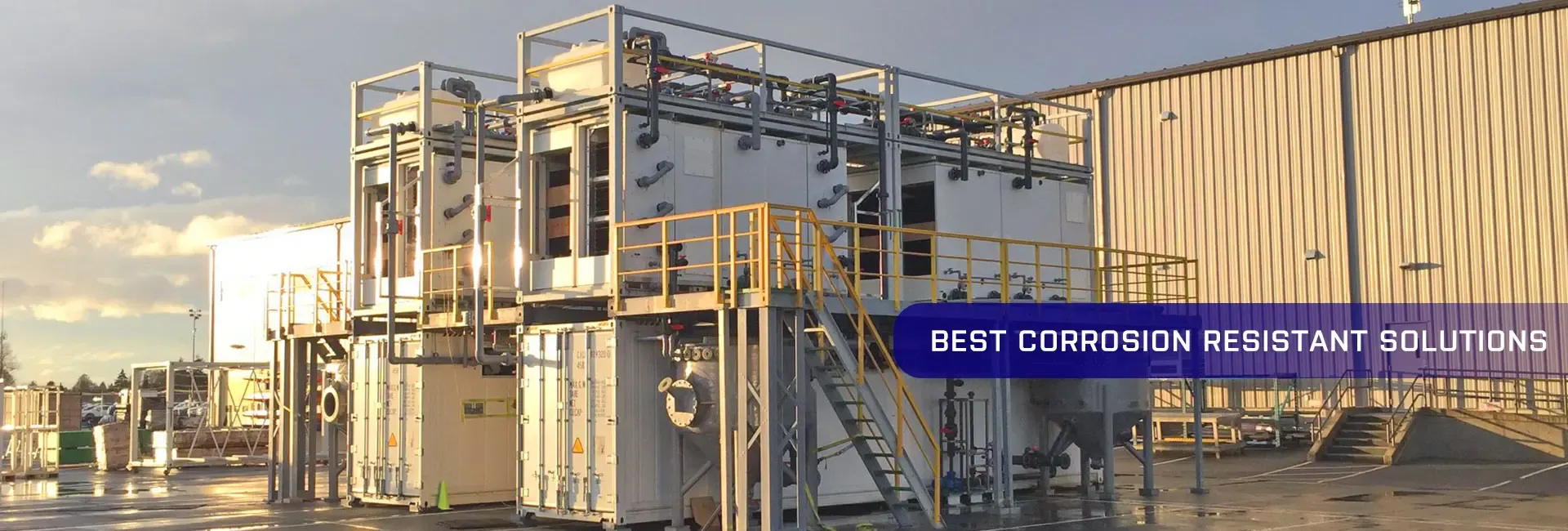
-
 Afrikaans
Afrikaans -
 Albanian
Albanian -
 Amharic
Amharic -
 Arabic
Arabic -
 Armenian
Armenian -
 Azerbaijani
Azerbaijani -
 Basque
Basque -
 Belarusian
Belarusian -
 Bengali
Bengali -
 Bosnian
Bosnian -
 Bulgarian
Bulgarian -
 Catalan
Catalan -
 Cebuano
Cebuano -
 China
China -
 China (Taiwan)
China (Taiwan) -
 Corsican
Corsican -
 Croatian
Croatian -
 Czech
Czech -
 Danish
Danish -
 Dutch
Dutch -
 English
English -
 Esperanto
Esperanto -
 Estonian
Estonian -
 Finnish
Finnish -
 French
French -
 Frisian
Frisian -
 Galician
Galician -
 Georgian
Georgian -
 German
German -
 Greek
Greek -
 Gujarati
Gujarati -
 Haitian Creole
Haitian Creole -
 hausa
hausa -
 hawaiian
hawaiian -
 Hebrew
Hebrew -
 Hindi
Hindi -
 Miao
Miao -
 Hungarian
Hungarian -
 Icelandic
Icelandic -
 igbo
igbo -
 Indonesian
Indonesian -
 irish
irish -
 Italian
Italian -
 Japanese
Japanese -
 Javanese
Javanese -
 Kannada
Kannada -
 kazakh
kazakh -
 Khmer
Khmer -
 Rwandese
Rwandese -
 Korean
Korean -
 Kurdish
Kurdish -
 Kyrgyz
Kyrgyz -
 Lao
Lao -
 Latin
Latin -
 Latvian
Latvian -
 Lithuanian
Lithuanian -
 Luxembourgish
Luxembourgish -
 Macedonian
Macedonian -
 Malgashi
Malgashi -
 Malay
Malay -
 Malayalam
Malayalam -
 Maltese
Maltese -
 Maori
Maori -
 Marathi
Marathi -
 Mongolian
Mongolian -
 Myanmar
Myanmar -
 Nepali
Nepali -
 Norwegian
Norwegian -
 Norwegian
Norwegian -
 Occitan
Occitan -
 Pashto
Pashto -
 Persian
Persian -
 Polish
Polish -
 Portuguese
Portuguese -
 Punjabi
Punjabi -
 Romanian
Romanian -
 Russian
Russian -
 Samoan
Samoan -
 Scottish Gaelic
Scottish Gaelic -
 Serbian
Serbian -
 Sesotho
Sesotho -
 Shona
Shona -
 Sindhi
Sindhi -
 Sinhala
Sinhala -
 Slovak
Slovak -
 Slovenian
Slovenian -
 Somali
Somali -
 Spanish
Spanish -
 Sundanese
Sundanese -
 Swahili
Swahili -
 Swedish
Swedish -
 Tagalog
Tagalog -
 Tajik
Tajik -
 Tamil
Tamil -
 Tatar
Tatar -
 Telugu
Telugu -
 Thai
Thai -
 Turkish
Turkish -
 Turkmen
Turkmen -
 Ukrainian
Ukrainian -
 Urdu
Urdu -
 Uighur
Uighur -
 Uzbek
Uzbek -
 Vietnamese
Vietnamese -
 Welsh
Welsh -
 Bantu
Bantu -
 Yiddish
Yiddish -
 Yoruba
Yoruba -
 Zulu
Zulu
frp dual lamination product
An Overview of FRP Dual Lamination Products Enhancing Performance and Durability
Fiber Reinforced Polymer (FRP) has emerged as a game-changing material in various industries, ranging from construction and aerospace to automotive and marine applications. Among its many applications, FRP dual lamination products have gained significant attention due to their enhanced performance, durability, and versatility. This article delves into what FRP dual lamination entails, its benefits, and its applications.
Understanding FRP and Dual Lamination
FRP is a composite material made of a polymer matrix reinforced with fibers, typically glass, carbon, or aramid. This combination results in a lightweight, high-strength material that can withstand harsh environments and mechanical stresses. Dual lamination refers to a two-layer process where an additional layer of material is laminated onto the existing FRP substrate. This layer can be another sheet of FRP or other materials, depending on the desired properties such as corrosion resistance, thermal insulation, or aesthetics.
The process of dual lamination involves carefully heating and applying pressure to bond the two layers together, ensuring a seamless integration that maximizes the benefits of both materials. The result is a composite that offers improved mechanical properties and extended service life.
Advantages of FRP Dual Lamination Products
1. Enhanced Strength and Durability One of the primary benefits of dual lamination is the significant increase in mechanical strength. The additional layer provides extra reinforcement, making the product more resistant to impacts, flexural stresses, and fatigue.
2. Corrosion Resistance FRP is inherently resistant to corrosion, and dual lamination amplifies this property. The outer layer can be specifically chosen for its superior resistance to chemical agents, making it ideal for applications in aggressive environments, such as chemical plants or marine settings.
3. Thermal Insulation The dual lamination process allows for the inclusion of insulating materials that can protect the substrate from temperature extremes. This feature is crucial in applications where thermal stability is needed, such as in HVAC systems or aerospace components.
4. Customizability Manufacturers can customize the outer layer of the dual lamination to meet specific performance requirements, including color, surface finish, and functional properties. This flexibility allows designers to tailor products for diverse applications.
5. Weight Reduction Compared to traditional materials like steel or aluminum, FRP dual lamination products are significantly lighter while maintaining strength. This reduction in weight can lead to lower transportation costs and improved energy efficiency in applications such as automotive and aerospace.
frp dual lamination product

6. Cost-Effectiveness Although the initial cost of FRP dual lamination products may be higher than conventional materials, their durability and low maintenance requirements ultimately result in long-term savings. The extended lifespan reduces the frequency of replacements, making it a cost-effective solution.
Applications of FRP Dual Lamination Products
The versatility of FRP dual lamination products makes them suitable for a wide range of applications
- Aerospace In the aerospace industry, these products are used to manufacture lightweight components that can withstand harsh environmental conditions while ensuring structural integrity.
- Marine Industry Boats and ships benefit from FRP dual lamination due to their resistance to saltwater corrosion and the ability to maintain performance under extreme conditions.
- Construction In construction, dual-laminated FRP panels are used for cladding, roofing, and structural reinforcement, providing better aesthetics and performance compared to conventional materials.
- Industrial Applications FRP dual lamination can be found in tanks, pipes, and containment systems within chemical processing plants, where corrosion resistance is vital.
- Automotive The automotive industry utilizes these products to manufacture lightweight parts that improve fuel efficiency without sacrificing safety or performance.
Conclusion
FRP dual lamination products are at the forefront of material science, offering enhanced performance, durability, and versatility across multiple industries. Their ability to resist corrosion, provide thermal insulation, and customize properties opens new avenues for innovative designs and applications. As industries continue to seek lightweight and high-strength materials, FRP dual lamination stands out as a leading choice, paving the way for future advancements in engineering and manufacturing.









